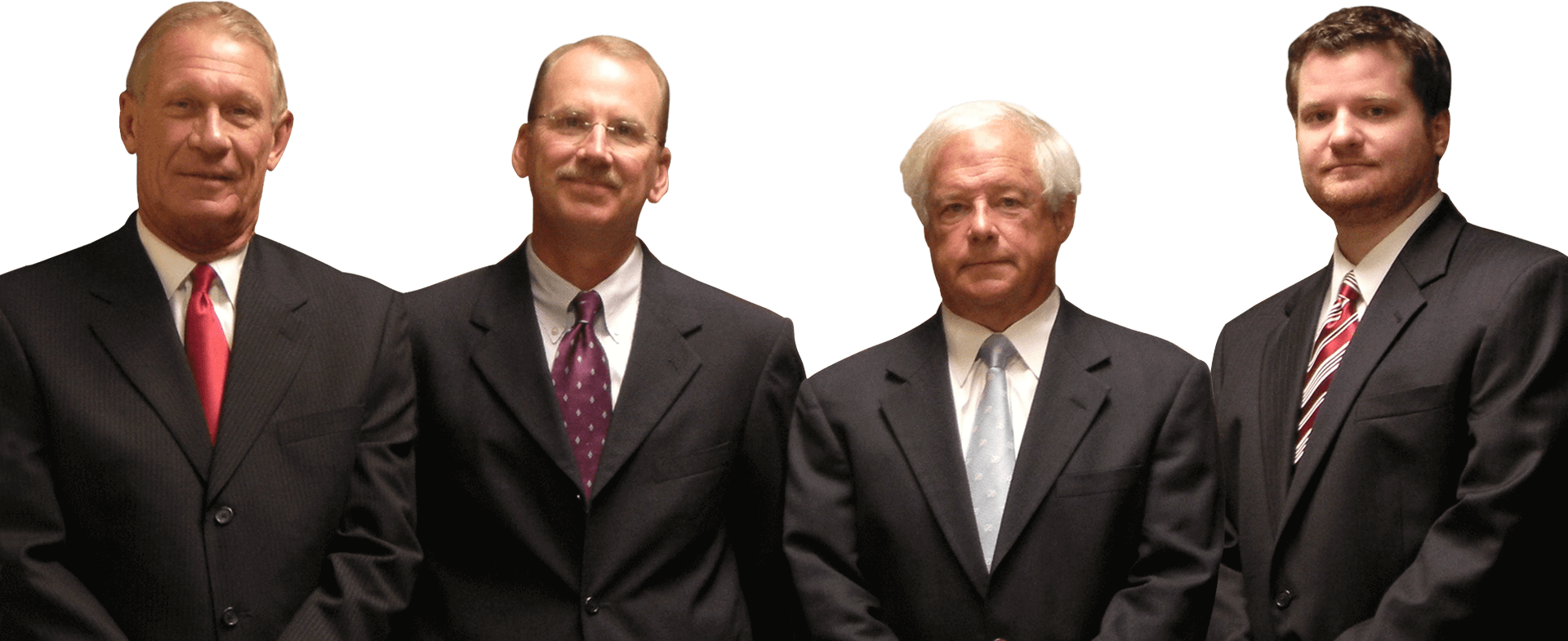How Is Liability Determined in Slip and Fall Cases?
How Is Liability Determined in Slip and Fall Cases?
February 21, 2025
Slip and fall accidents are more common than many realize, often leading to serious injuries that disrupt lives. From uneven sidewalks to spilled liquids in grocery stores, these incidents can happen anywhere and to anyone. If you’ve recently suffered a slip and fall, one pressing question likely comes to mind—who is responsible? Determining this liability is crucial for pursuing compensation and resolving your case.
At Lafferty, Gallagher & Scott, LLC, we’ve helped slip and fall victims recover the justice and compensation they deserve for decades. Read on to discover the key factors that determine liability in slip and fall cases and what steps you should take to protect your rights.
Identifying Duty of Care
The first step in determining liability for a slip-and-fall case is to figure out if someone owed you a duty of care. Property owners are required to keep their premises safe for visitors or clearly warn about potential hazards. If they fail to meet this obligation, they may be held accountable for accidents. However, it’s important to note that trespassers are not entitled to the same legal protections.
Proving They Failed Their Duty
Determining whether someone who owed a duty of care is liable for a slip and fall often requires a thorough investigation. Here are the primary factors courts evaluate when determining liability:
1. Conditions of the Property
The physical state of the property at the time of the accident is critical. For example:
- Was the floor wet or slippery due to a spill that wasn’t cleaned up in a timely manner?
- Were there loose tiles, uneven pavement, or poor lighting that contributed to your fall?
- Was the area under construction or improperly marked with warning signs?
2. Knowledge of the Hazard
The property owner’s awareness of the hazard plays a significant role. Liability may arise if:
- The owner was aware of the hazard but didn’t address it.
- The owner should have known about the hazard through regular inspections and maintenance.
For instance, if water pooled on a store floor for hours but was never cleaned or marked, the store management could be considered negligent.
3. Reasonable Actions Taken
Property owners must make reasonable efforts to fix hazards or alert visitors. This includes:
- Placing warning signs near wet floors or other unsafe areas.
- Fixing hazards like broken stairs or loose handrails promptly.
- Installing adequate lighting for safe navigation.
If it can be proven that the owner who owed you a duty of care failed to take reasonable precautions, they may be determined liable for your injuries.
Steps to Take After a Slip and Fall
If you’ve been harmed in a slip and fall accident, your immediate actions can greatly influence the outcome of your case. Here’s what you should do:
1. Seek Medical Attention
Your health and safety come first. Get medical treatment as soon as possible, even if you believe your injuries are minor. Medical records will provide key evidence for your claim.
2. Report the Accident
Notify the property owner, manager, or a responsible party of the incident. Request a written report or document the interaction in case it’s needed later.
3. Gather Evidence
Evidence is essential for proving liability in slip and fall cases, so take the following steps:
- Take photos or videos of the accident, including the hazardous condition, your injuries, and any nearby warning signs (or lack thereof).
- Collect witness information, including names and contact info.
- Preserve your clothing and footwear as they may be examined for evidence during your case.
4. Consult an Attorney
Slip and fall cases can be tough, and proving liability often requires legal experience. An attorney can investigate the incident, gather additional evidence, and build a strong case.
Know Your Rights—Act Today
Understanding liability is the first step toward recovering fair compensation after a slip and fall. By identifying the responsible parties and supporting your claim with evidence, you can take control of your situation and work toward a successful resolution. At Lafferty, Gallagher & Scott, LLC, we’re here to guide you every step of the way. Contact us today, and together, we’ll make your story heard.
TESTIMONIALS





